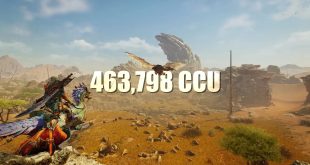We are still far from getting the RTX 30 series successor, but rumours and leaks on Nvidia's upcoming graphics cards have started to emerge. From what we've gathered so far, it looks like the RTX 40 series will be based on the TSMC N5 node and will use the new Lovelace GPU architecture.
According to @greymon55, Nvidia's upcoming GPU architecture will be based on the TSMC N5 node and has already been completed. The leaker isn't sure if it will use TSMC N5 or N5P node but claims Lovelace will be “TSMC 5nm 100%”.
Ada TSMC 5nm 100%, but I'm not sure if it's N5 or N5P yet.
— Greymon55 (@greymon55) July 24, 2021
Based on the report, it looks like Nvidia might have decided to choose TSMC over Samsung, which @kopite7kimi was still unsure about in late May. Moreover, it also suggests that Nvidia chose the Lovelace architecture over Hopper for gaming graphics cards. If the RTX 40 series cards are based on Lovelace, they will probably feature a monolithic design, unlike the future AMD RDNA3 cards, allegedly featuring an MCM design.
Expected to release in late 2022 at the earliest, the Nvidia RTX 40 series flagship card is set to be based on the AD102 GPU. If the AD102 specs shared in December are still relevant, this GPU should come with 18,432 CUDA cores offering 66TFlops of FP32 performance when clocked at 1.8GHz.
Discuss on our Facebook page, HERE.
KitGuru says: If Nvidia has decided to go with TSMC over Samsung for its upcoming GPU architecture, then perhaps what we've heard about low yields for Ampere was true.
 KitGuru KitGuru.net – Tech News | Hardware News | Hardware Reviews | IOS | Mobile | Gaming | Graphics Cards
KitGuru KitGuru.net – Tech News | Hardware News | Hardware Reviews | IOS | Mobile | Gaming | Graphics Cards


